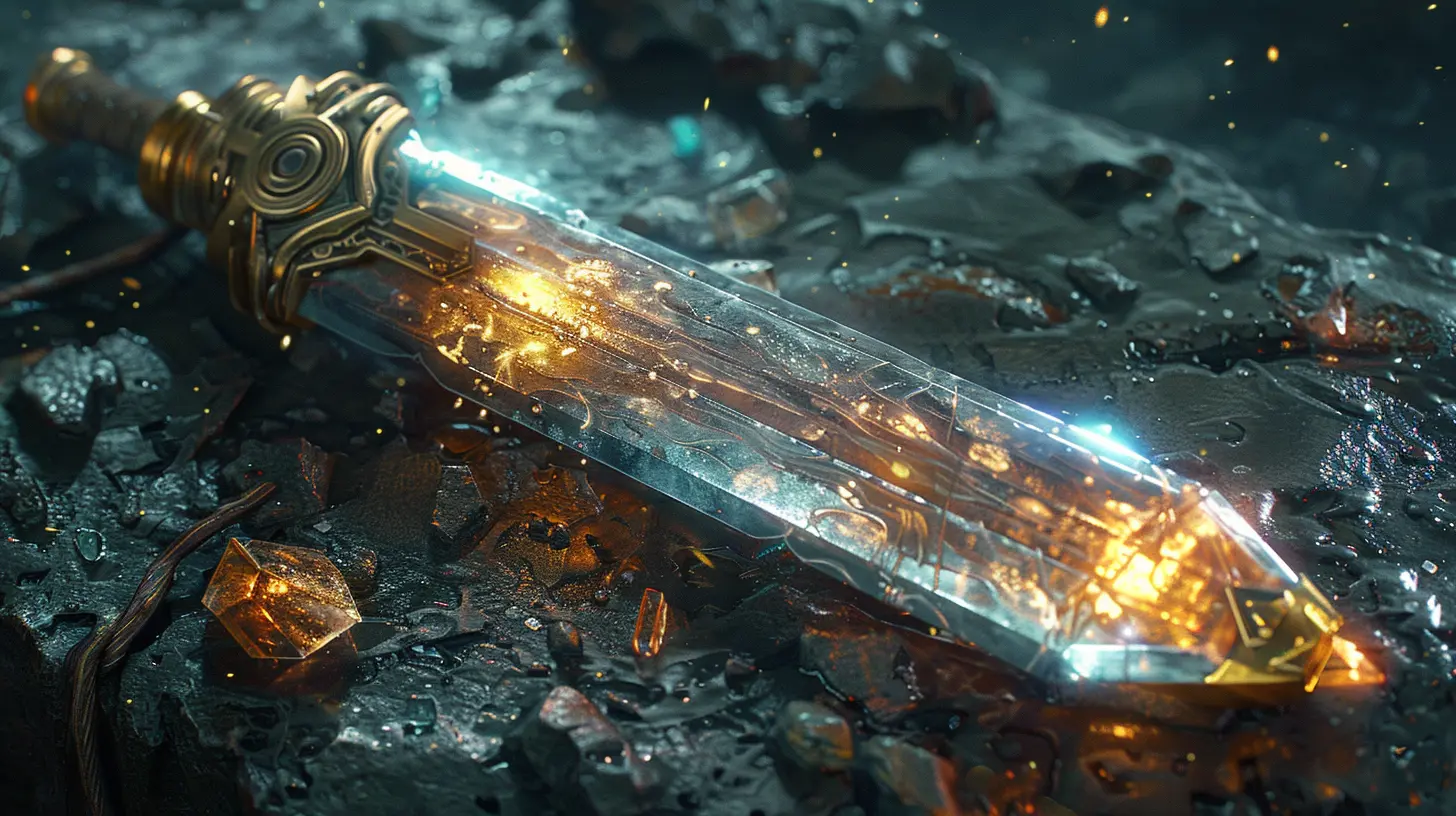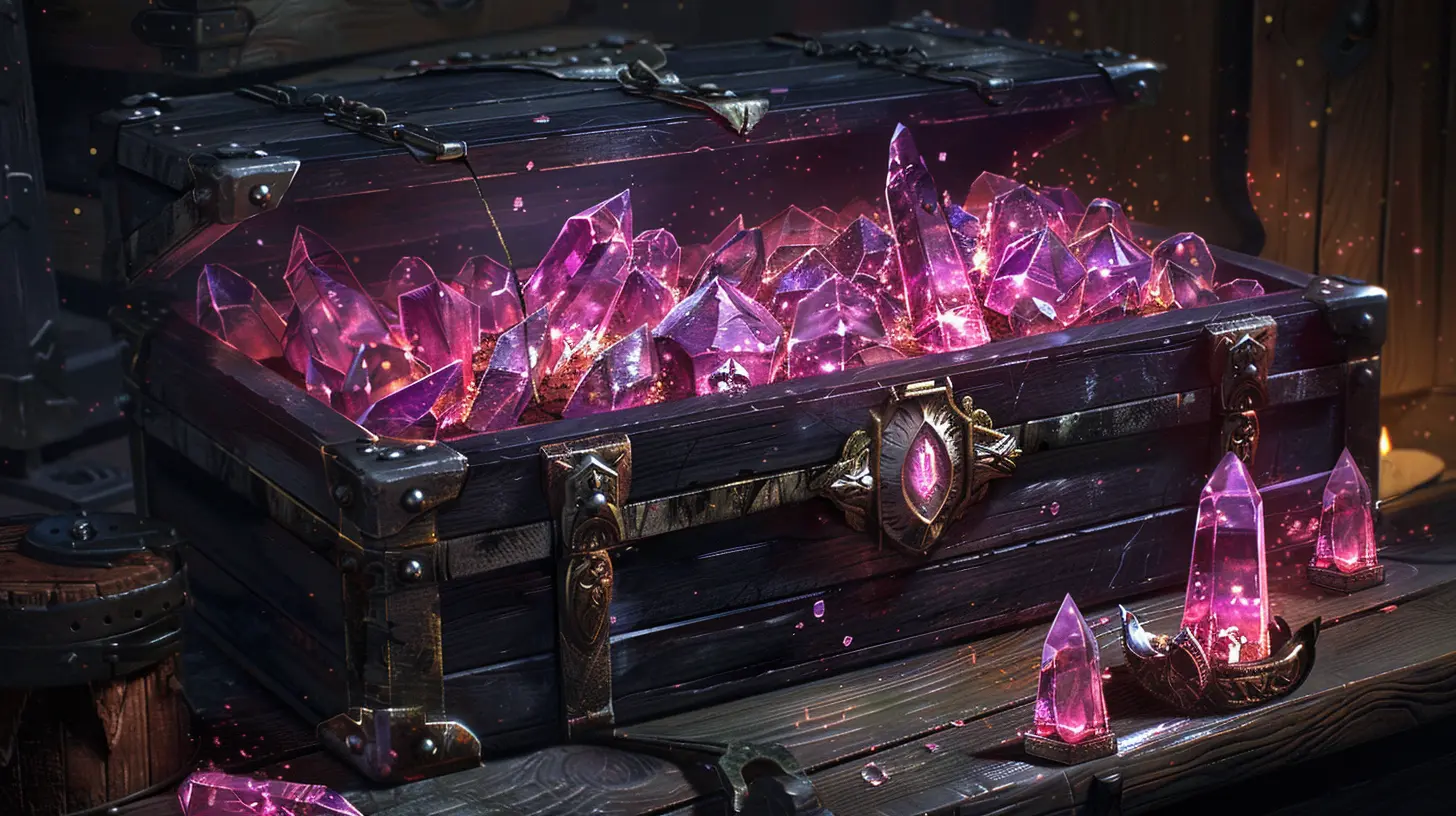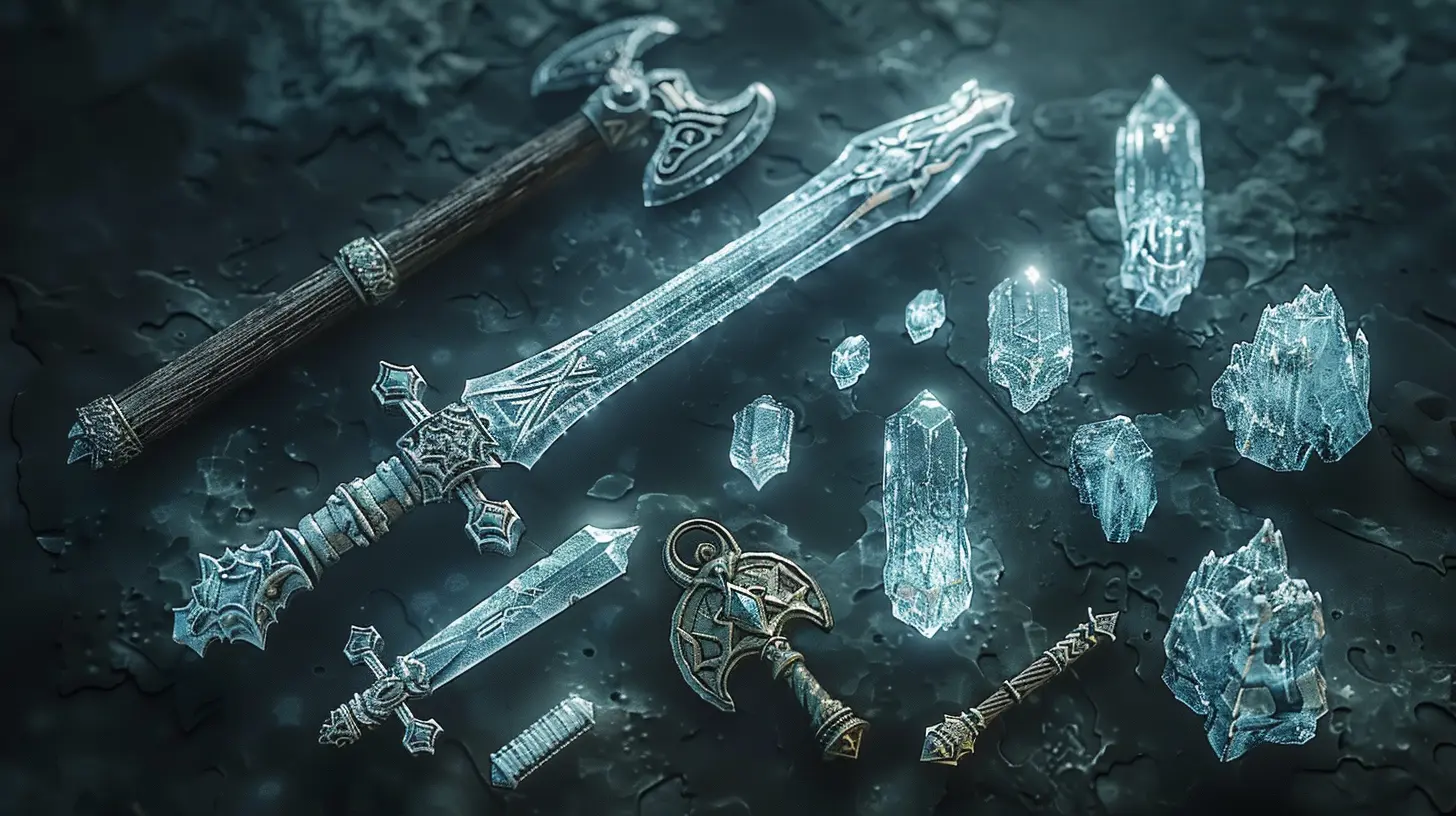The Real Cost of Power: Legendary Items and Their In-Game Consequences
29 June 2025
Let’s be real for a second—gaming has evolved way beyond its pixelated roots. These days, we’re dealing with massive digital worlds, complex economies, and drool-worthy loot that can redefine the entire gaming experience. And at the very heart of this loot obsession lie the legendary items. Yep, the crème de la crème of virtual gear. They promise mind-blowing power, unique abilities, and endgame dominance.
But here’s the thing—what does it really cost to wield that kind of power? And, more importantly, what are the consequences of legendary items—not just for you but for the game world itself? Spoiler alert: it’s not all sunshine and rainbows.
Let’s break it all down.
What Are Legendary Items, Anyway?
Before we dive into the nitty-gritty, let’s define what we’re talking about. Legendary items are basically the peak of item rarity in video games. Think of them as the Ferraris of the gaming world—rare to find, jaw-droppingly powerful, and guaranteed to make your friends jealous.Whether it’s the Ashbringer in World of Warcraft, Gjallarhorn in Destiny, or Frostmourne in Warcraft III, legendary items are often the ultimate status symbols. They come with unique perks, game-changing stats, or abilities that can turn the tide of any battle. Sometimes, they even pack a killer backstory or lore to sweeten the deal.
But like a Ferrari, these bad boys don’t come cheap.
The Grind Is Real: Time and Effort
Let’s start with the obvious cost: time. Legendary items aren’t handed out like candy at Halloween. Nope. You’ve got to earn them, often by sinking hours (if not weeks or months) into mind-numbing grind sessions.For example, in World of Warcraft, obtaining a legendary could involve running the same dungeon dozens of times, completing endless quests, or farming rare materials. In other games, like Genshin Impact or Diablo, it may mean praying to the RNG gods as you spend the lion’s share of your time farming loot boxes or boss drops.
And trust me, those hours add up. If you’re working a 9-to-5 job, that means sacrificing your evenings, weekends, and (let’s be honest) a good chunk of your social life.
The Financial Toll: Pay-to-Win Mechanics
Now, let’s talk about the elephant in the room: real-world money. In many modern games, legendary items don’t just come from grinding but from your wallet. Some games, particularly free-to-play ones, feature microtransactions—loot boxes, gacha systems, or straight-up pay-to-win mechanics.Take Genshin Impact, for instance. You might spend hundreds (or even thousands) of dollars on in-game currency to pull that one elusive 5-star weapon or character. And while it’s technically “optional,” let’s not kid ourselves—the temptation is real. Developers know how to dangle that carrot.
Is paying to win worth it? That’s a whole debate, but it’s undeniable that chasing legendary items can be a slippery slope for your bank account. You might as well wave goodbye to your savings if you’re not careful.
The In-Game Consequences: Are Legendary Items Overpowered?
Okay, you’ve grinded (or paid) your way to a shiny new legendary. Now, what? While legendary items can feel like the ultimate reward, they also come with their own set of consequences. Let’s break a few down.1. Balance Breakers
One of the biggest issues with legendary items is that they can wreak havoc on game balance. These items often grant immense power boosts that can trivialize content. Suddenly, that boss fight that took hours to master is a cakewalk. Sure, it makes you feel like a god, but it’s also a bit...boring.And don’t even get me started on PvP games. If one player has access to a legendary item while others don’t, it’s game over. Unbalanced gear can create a power gap that leaves some players frustrated and alienated.
2. Skill Dilution
Here’s another downside: legendary items can sometimes reduce the need for actual skill. Why bother mastering a boss’s attack patterns if your new weapon can one-shot it? While it’s fun to flex your might for a little while, it can also cheapen the overall challenge.It’s like taking a test with all the answers written on your hand. Sure, you’ll ace it, but did you really learn anything?
3. Economic Inflation
In games with player-driven economies—like MMOs—legendary items can cause major inflation. Rare materials, crafting costs, and the items themselves can skyrocket in value, making it harder for everyday players to keep up. The virtual rich get richer, while the poor are left grinding for scraps. Sound familiar? It’s digital capitalism at its finest.The Social Consequences
Let’s shift gears a little. Legendary items don’t just affect gameplay mechanics; they can also mess with the social dynamics of a game.1. Envy and Toxicity
If you’ve ever joined a raid group only to hear someone bragging nonstop about their legendary drop, you know how awkward (or annoying) it can be. Legendary items can breed envy among players, leading to toxic behavior or elitism. Got a legendary item? Some players might idolize you. Don’t have one? Prepare to feel like an outsider.2. Guild Pressure
If you’re part of a guild or clan, there’s often subtle (or not-so-subtle) pressure to pull your weight. That means grinding for legendary items to stay competitive. And if you’re slacking? Well, don’t be surprised if you’re benched or even booted from raids.Are Legendary Items Worth It?
Now for the million-dollar question: are legendary items really worth it? Honestly, the answer depends on what kind of gamer you are.If you’re someone who thrives on competition or wants to experience every ounce of content a game has to offer, chasing legendary items might be your jam. After all, there’s undeniable satisfaction in wielding a weapon or piece of gear that not many others have.
But if you’re a more casual player who just wants to unwind, the grind (or cost) might not justify the reward. And that’s okay! Legendary items aren’t the end-all, be-all of gaming. Sometimes, the journey—those hilarious fails, close calls, and shared victories—matters way more than the loot.
The Future of Legendary Items: Balancing Power and Accessibility
As gaming evolves, developers are becoming more aware of the challenges surrounding legendary items. Many are finding ways to balance power with accessibility. For instance:- Time-Locked Events: Some games, like Destiny 2, limit legendary drops to specific events to ensure everyone has a fair shot.
- Skill-Based Challenges: In other cases, legendary items are tied to skillful achievements rather than pure luck or grinding.
- Alternate Progression Paths: Some developers are experimenting with systems where casual players can also earn legendary items—just at a slower pace.
The goal? To make legendary items feel rewarding without alienating players or breaking the game.
Conclusion
Legendary items are the glittering gems of the gaming world, offering unparalleled power and prestige. But let’s not forget—they come with some serious baggage. The grind, the cost, the balance issues, and the social fallout can all dampen the experience if we’re not careful.So, before you dive headfirst into chasing that next shiny piece of loot, take a step back. Ask yourself: is it worth the time, effort, and potential drama? If the answer is yes, go for it! But if not? Remember, gaming is about fun at the end of the day. There’s no shame in rocking those common or rare items while having a blast.
all images in this post were generated using AI tools
Category:
Legendary ItemsAuthor:

Madeleine McCaffrey
Discussion
rate this article
2 comments
Reese Mason
This article insightfully explores the dual nature of legendary items in gaming. While they offer significant benefits, the associated costs and consequences can impact gameplay balance, making it essential for developers to consider player experience carefully.
September 18, 2025 at 4:48 PM

Madeleine McCaffrey
Thank you! I'm glad you found the exploration of legendary items and their implications on gameplay balance insightful. Balancing power and consequences is crucial for enhancing player experience.
Lyanna Barker
Legendary items often come with a heavy price, shaping not just gameplay but player experience. Understanding these in-game consequences is crucial for making informed choices and maximizing enjoyment in any game.
July 2, 2025 at 3:49 PM

Madeleine McCaffrey
Absolutely, the trade-offs associated with legendary items can significantly enhance the depth of gameplay and player engagement, making it essential for gamers to carefully weigh their choices.


